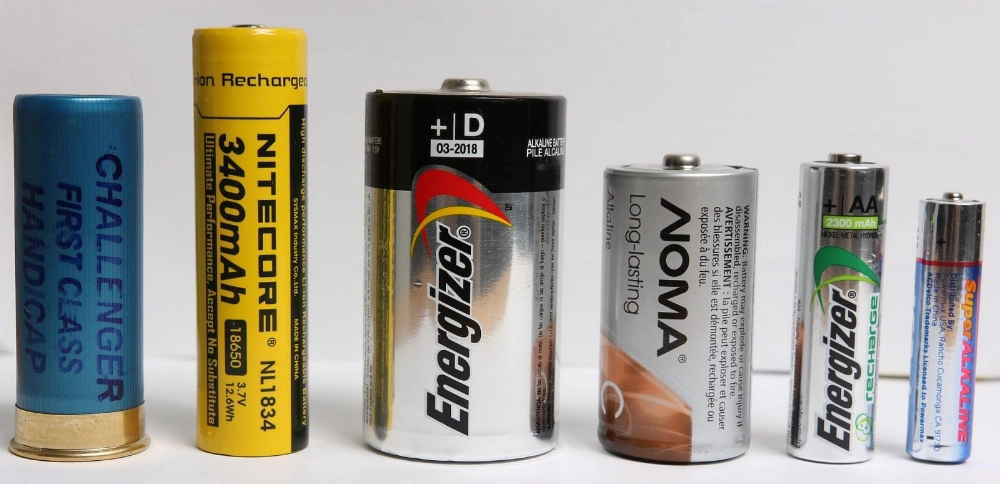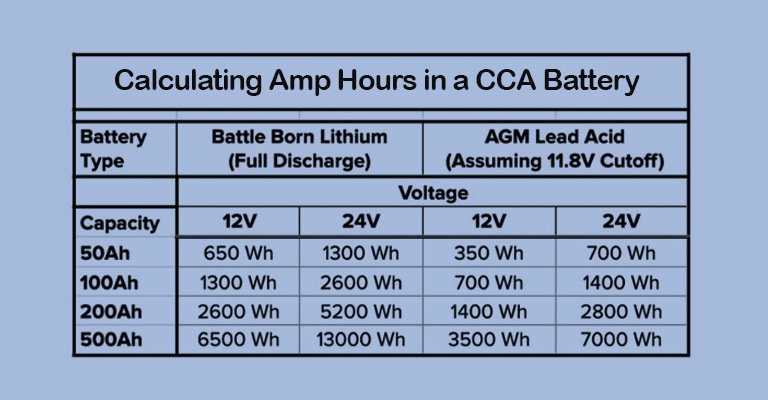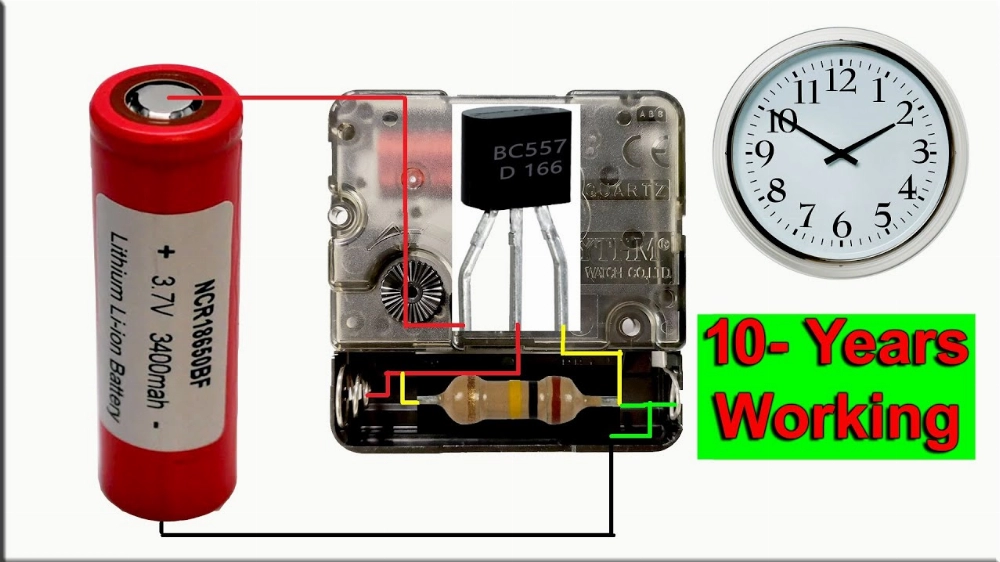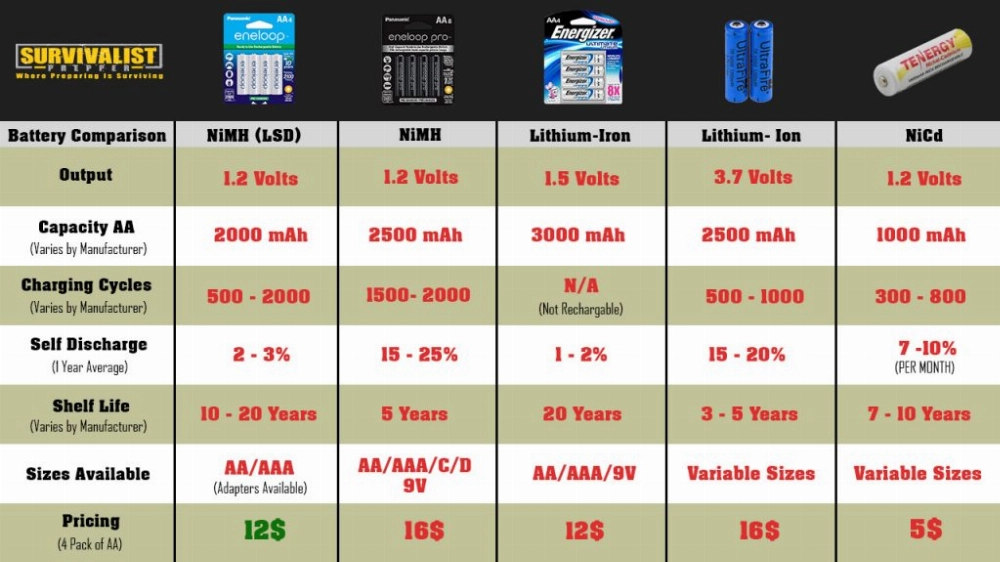The 18650 battery, named for its size (18mm in diameter and 65mm in length), is a high-performance, rechargeable lithium-ion battery commonly found in various electronic devices. These cylindrical cells offer impressive energy density, delivering substantial power despite their compact size. Thanks to lithium-ion technology, they provide a stable voltage output throughout their lifecycle, making them ideal for applications requiring a consistent power source. Due to their versatility, 18650 batteries are widely used in products such as laptops, flashlights, power banks, and even electric vehicles.
Part 2: 18650 Battery Dimensions
Standard 18650 Battery
A standard 18650 battery measures 18mm in diameter and 65mm in length. These batteries typically have a voltage of 3.7 volts and a capacity ranging from 1800mAh to 3500mAh. Their compact size and moderate power output make them popular in flashlights, vaping devices, and other small electronics.
18650 Batteries in Series
In a series configuration, when three 18650 batteries, each rated at 3.7 volts, are connected in series, this connection results in a total voltage of 11.1 volts. While the capacity of the individual cells remains the same, this configuration increases the overall voltage. Series setups are commonly used in devices that require higher voltage levels, such as electric vehicles and power tools.
18650 Batteries in Parallel
Connecting four 2500mAh 18650 batteries in parallel yields a total capacity of 10000mAh, while maintaining the 3.7-volt voltage. This setup significantly increases the total capacity without altering the voltage. Parallel configurations are often used in high-capacity power banks and energy storage systems.
18650 Batteries in Series-Parallel
A series-parallel configuration involves connecting two sets of 18650 batteries in series to achieve 7.4 volts. These groups are then connected in parallel to double the capacity. For example, connecting 3.7V/2500mAh battery packs in this configuration increases both voltage and capacity, making it suitable for applications requiring both, such as solar energy storage systems or mid-sized electronics.
Part 3: Comparing 18650 Battery Size to Other Lithium Batteries
21700 Battery
Size Comparison:
The 21700 lithium battery is larger than the standard 18650 battery, measuring approximately 21mm in diameter and 70mm in length. This makes the 21700 battery wider and slightly longer than the 18650 battery.
Capacity and Power Output:
Due to its larger size, the 21700 battery can accommodate a greater energy capacity and more energy storage. Certain models offer a higher capacity than 18650 batteries, making them ideal for devices requiring longer runtimes or higher power output.
Applications:
The larger size and increased capacity of 21700 batteries make them well-suited for high-drain devices and electronics that need more power. They are particularly popular in electric vehicles, where the larger battery size supports a higher energy storage capacity, ultimately extending the vehicle’s range.
26650 Battery
Size Comparison:
The 26650 lithium battery measures approximately 26mm in diameter and 65mm in length, making it thicker than the 18650 battery but the same length.
Capacity and Power Output:
Due to its larger size, the 26650 battery offers a higher capacity compared to the 18650 battery. The larger diameter allows for greater energy storage, making it ideal for devices requiring longer runtimes or higher power demands.
Applications:
The 26650 battery is commonly used in high-power devices that require extended battery life and superior performance, making it suitable for power tools, energy storage systems, and high-power electronics.
Battery Size Comparison and Their Applications
26650 Battery
Size:
The 26650 lithium-ion battery is significantly larger than the standard 18650 battery, measuring approximately 26 mm in diameter and 65 mm in length. This larger size allows for greater capacity and energy storage.
Capacity and Power Output:
The larger size of the 26650 battery provides higher energy storage and power output, making it ideal for high-drain applications. These batteries are commonly used in devices that require more power, such as heavy-duty flashlights, electric bikes, and solar power systems.
Applications:
26650 batteries are well-suited for applications requiring extended energy storage and high efficiency.
They are widely used in flashlights, electric bikes, and solar systems, where a stable power supply is essential.
14500 Battery
Size:
The 14500 lithium-ion battery is smaller than the standard 18650 battery, measuring approximately 14 mm in diameter and 50 mm in length. This compact size results in lower capacity and power output compared to larger batteries.
Capacity and Power Output:
Due to their smaller size, 14500 batteries have lower capacity and power output, making them suitable for low-power devices.
Applications:
14500 batteries are commonly used in smaller devices where portability is more important than longer run times. They are ideal for compact flashlights, portable electronics, and other size-constrained devices.
16650 Battery
Size:
The 16650 lithium-ion battery measures approximately 16 mm in diameter and 65 mm in length. While they share the same length as the standard 18650 battery, their narrower diameter results in reduced capacity and power output.
Capacity and Power Output:
The reduced diameter of the 16650 battery limits its capacity and power potential. This makes it suitable for devices requiring a balance between size and energy storage, providing a moderate energy supply but less robust than larger batteries.
Applications:
16650 batteries are commonly used in devices that require a balance between size and power output. They are often found in compact flashlights, portable electronics, and other devices where battery size is a key consideration.
16340 Battery
Size:
The 16340 lithium-ion battery, also known as CR123A, is smaller than the standard 18650 battery, measuring approximately 16 mm in diameter and 34 mm in length. They are shorter and thinner, making them a more compact option.
Capacity and Power Output:
Due to their smaller size, 16340 batteries have lower energy storage and power output compared to larger batteries. They are best suited for devices with low energy demands where compactness and portability are prioritized.
Applications:
16340 batteries are commonly used in small devices where portability is needed rather than high power output. They are ideal for compact flashlights, cameras, and other lightweight devices requiring small batteries.
Frequently Asked Questions (FAQ)
Are 18650 Batteries Equivalent to 3.7V Batteries?
Yes, 18650 batteries are often labeled as 3.7V, which refers to their nominal voltage. This nominal voltage represents the average voltage during discharge, ranging from as high as 4.2V when fully charged to around 3.0V when discharged.
Are 18650 Batteries the Same Size as AA Batteries?
No, 18650 batteries and AA batteries are not the same size. 18650 batteries are longer and thicker than AA batteries. An 18650 battery typically measures approximately 18 mm in diameter and 65 mm in length, while an AA battery typically measures approximately 14 mm in diameter and 50 mm in length.
Can I Use AA Batteries Instead of 18650 Batteries?
Generally, AA batteries cannot be substituted for 18650 batteries in devices specifically designed for 18650 batteries. Because of differences in size, voltage, and power output, AA batteries may not fit properly or provide sufficient power. Always follow the manufacturer’s recommendations for battery usage.
What Size Heat Shrink Wrap Should I Use for 18650 Batteries?
The size of heat shrink wrap to use for 18650 batteries typically depends on personal preference and the application. Generally, heat shrink wrap with a diameter of approximately 18 mm is used for a standard 18650 cell; however, select the correct size based on your specific needs and battery type.
KHZH is committed to providing detailed insights into battery types, helping you make informed decisions based on your power requirements.
18650 Battery: The Importance of the 18mm Size
18mm (pre-shrinkage) is a common and ideal size for 18650 batteries. This size ensures a secure and protective fit for the battery, striking a balance between a snug and easy fit. The correct fit is crucial for optimal performance and safety.
Related Articles:
-
11.1V LiPo Battery Explained: Characteristics, Advantages & Common Applications
11.1V LiPo batteries are widely used in RC models, drones, and more. In this comprehensive guide, explore their characteristics, advantages, and typical uses. -
Lithium-Ion Jump Starters vs Lead-Acid Batteries: What’s the Real Difference?
Learn why lithium-ion jump starters provide faster, more reliable performance when jump-starting a dead vehicle. -
How to Safely Clean Battery Corrosion from Terminals: A Step-by-Step Guide
This guide covers everything you need to know about safely cleaning battery terminals. -
A Portable Battery Charger vs Power Bank: What’s the Difference?
Portable battery chargers provide on-the-go charging, while power banks store electrical energy for power without needing an outlet. -
The Ultimate Guide to Using a Lithium-Ion Jump Starter
Lithium-ion jump starters are essential for automotive emergencies. This guide delves into their uses, safety tips, maintenance, and why they’re a worthwhile investment for any driver.








